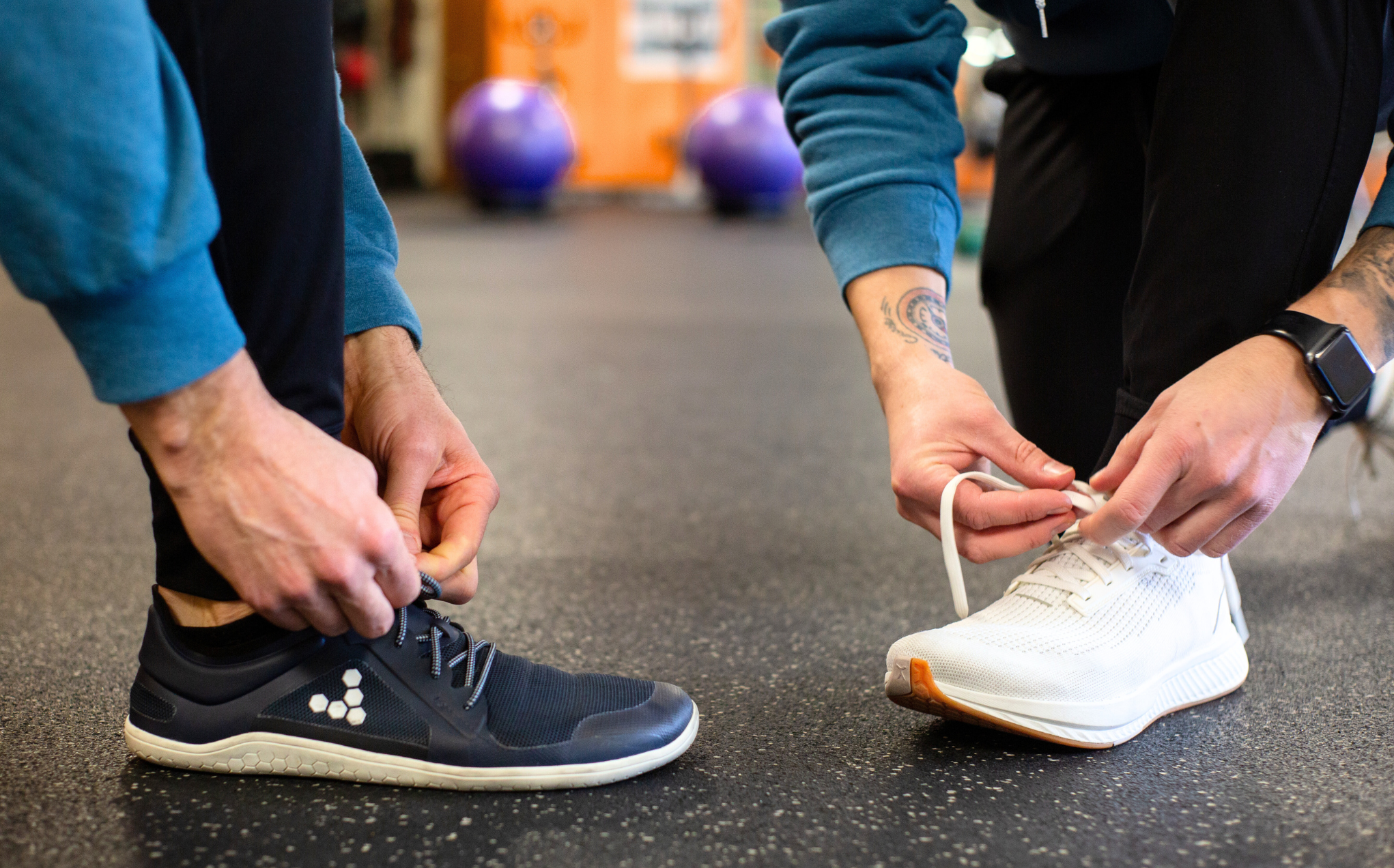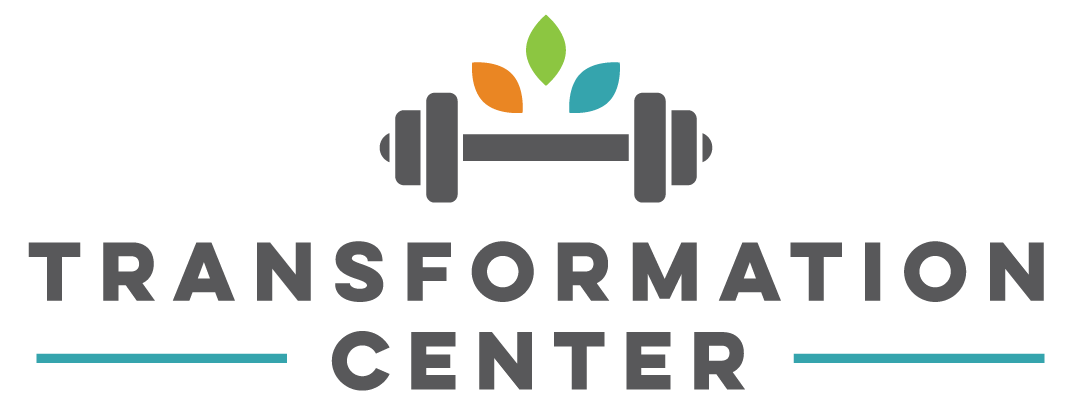
Ever notice how the right pair of shoes can make you feel unstoppable—and the wrong pair can leave you aching by the end of the day?
When it comes to moving, training, and feeling your best, what’s on your feet matters more than most people realize.
Shoes aren’t just about style or comfort. They can either support your body’s natural movement—or work against it, leading to pain, instability, and even injuries over time.
With many people shopping for new kicks this time of year, we wanted to share some science-backed advice on what to look for (and what to watch out for) when choosing your next pair. Let’s dive in!
The Problem with Narrow Toe Boxes
Most mainstream shoes are designed with a narrow toe box—the part of the shoe that surrounds the toes. While this may look sleek, it doesn’t match the natural shape of a healthy foot.
When your toes are constantly squished together, it can actually change how your foot functions over time.
Research has linked narrow toe boxes to:
- Bunions and hammertoes
- Reduced balance and proprioception
- Increased risk of foot and ankle injuries
- Arch pain and plantar fasciitis
Your feet have over 100 muscles, tendons, and ligaments, and they need space to work properly. If they’re compressed all day, those muscles weaken, your stability decreases, and your risk of pain goes way up.
Important note: We’re not saying you have to toss all your favorite stylish shoes. It’s about being intentional—knowing what helps you move best and choosing the right shoes for the right moments.
The Trouble with Oversized, Cushy Soles
Big foam soles might feel like walking on pillows, but they can come with hidden downsides, especially for stability and balance.
Think about standing on a BOSU ball—it’s soft and squishy, but not exactly stable. Thick, heavily cushioned shoes create a similar effect.
Research shows that overly cushioned shoes can interfere with proprioception—your body’s ability to sense where it is in space. That can throw off balance, slow your reaction time, and increase strain on joints like your ankles and knees.
So while cushion has its place (especially for long-distance runners or specific foot conditions), it’s important to find a balance: enough structure to support your movements without disconnecting you from the ground.
Special Situations: What If You Have a Doctor’s Recommendation?
If you have a specific injury history (like plantar fasciitis, neuromas, or tendon issues) or a doctor has recommended a particular type of shoe for medical reasons, always follow their guidance first.
That said, it’s still important that your shoes feel good on your body. Even within medical recommendations, there’s usually some room to find shoes that fit properly, offer enough toe space, and feel stable and supportive for your individual needs.
If something doesn’t feel right, don’t ignore it. Advocate for yourself, and when in doubt, work with your healthcare provider to find better-fitting options that help you move and feel your best.
Shoe Recommendations by Sport
Strength Training (Squats, Deadlifts, Resistance Circuits)
- Look for a flat, firm sole and wide toe box to maximize ground connection and stability.
- We love:
- Flux Footwear Adapt Trainer
- Vivobarefoot
- Vans Classics (wide-fit options may work better for some)
- NoBulls
Running
- Running shoes should support natural gait without cramming your toes or overly softening your landing.
- Top picks:
- Flux Footwear Adapt Runner
- Vivobarefoot Primus Lite III
- Altra Running Shoes
Trail Running or Hiking
- Look for grippy soles, durable materials, and enough toe space for rugged terrain.
- Favorites include:
- Topo Athletic trail models
- Altra trail shoes
Inserts & Insoles: A Quick Upgrade
If your favorite shoes aren’t quite cutting it but you’re not ready to replace them, a good pair of inserts can help. High-quality insoles can improve arch support, cushion problem areas, and help align your foot better during movement.
Just like shoes, the best insole is one that feels good for your body.
Our Staff Favorites
- Erin: Vans Classics for strength training, Flux Footwear for running
- Liz: Flux Footwear for strength and circuits
- Brent: Vivobarefoot for strength, running, and biking
Need Help Choosing the Right Shoe?
If you’re experiencing foot pain, balance issues, or just want advice on what might work better for your goals, reach out!
We’re happy to chat through your options and help you find something that fits, feels good, and keeps you moving strong all summer long.
Send us a message, ask a coach, or stop by The Transformation Center anytime!

Recent Comments